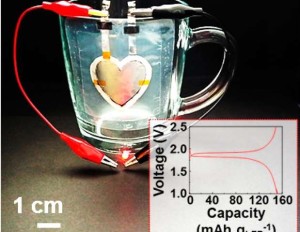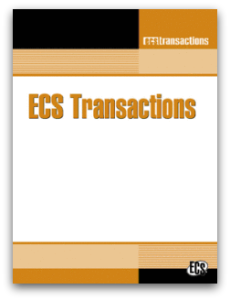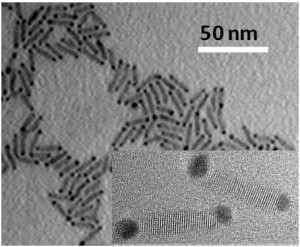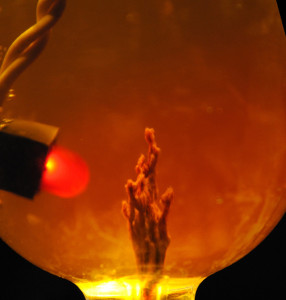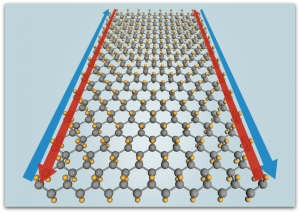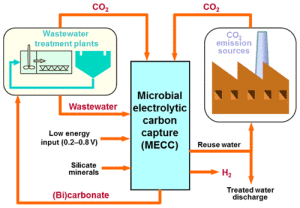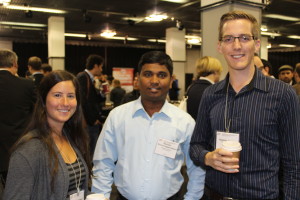
Attendees gathered together to network, discuss research, and collaborate with new associates.
The first international ECS Conference on Electrochemical Energy Conversion & Storage with SOFC-XIV convened in Glasgow, July 26-31, 2015, at the Scottish Exhibition and Conference Centre. More than 800 attendees, from over 40 countries explored three main symposium topics.
More than 400 oral presentations and 300 poster presentations added great depth to the scientific material presented in Glasgow.
The Organizers
Subhash Singhal (Pacific Northwest National Laboratory, U.S.) and Koichi Eguchi (Kyoto University, Kyoto, Japan) organized the section on Solid Oxide Fuel Cells, which covered all aspects of research, development, and engineering of solid oxide fuel cells.

Subhash Singhal at the SOFC banquet.
Section B focused on Batteries and was led by Peter Bruce (University of Oxford), Clare Grey (ALISTORE-European Research Institute), Stefan Freunberger (Graz University of Technology, Austria), and Jie Xiao (Pacific Northwest National Laboratory, U.S.).
The Low Temperature Fuel Cells track, featuring presentations on low-temperature fuel cells, as well as electrolyzers and redox flow cells, was organized by Hubert Gasteiger (Technische Universität München, Germany), Deborah Jones (CNRS – ICGM – AIME – University of Montpellier, France), Thomas Schmidt (Paul Scherrer Institut, Switzerland), and J. Herranz (Paul Scherrer Institut, Switzerland).
About the Meeting
The ECS Conference on Electrochemical Energy Conversion & Storage with SOFC-XIV served as a major forum for the discussion of interdisciplinary research from around the world through a variety of formats, such as invited and keynote oral presentations, poster sessions, and exhibits. This was the first of a series of planned biennial conferences in Europe by ECS on electrochemical energy conversion/storage materials, concepts, and systems, with the intent to bring together scientists and engineers to discuss both fundamental advances and engineering innovations.
(more…)


